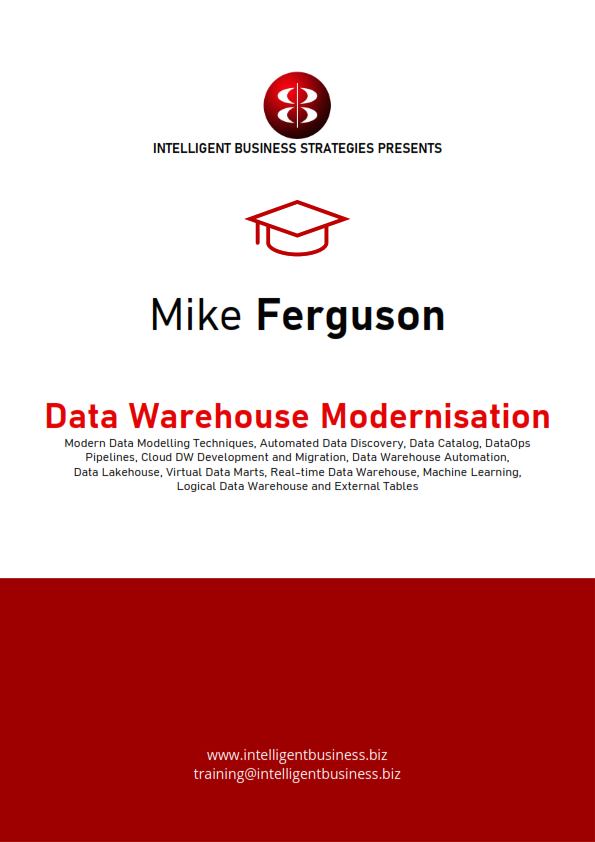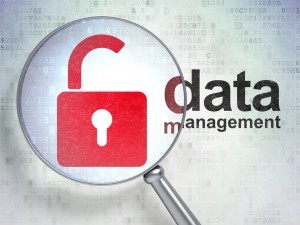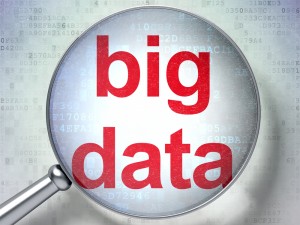
Featured Content

Data Warehouse Automation & Real-time Data – Reducing Time to Value in a Distributed Analytical Environment

Smart Infrastructure & Smart Applications for the Smart Business – Infrastructure & Application Performance Monitoring

Data Strategy: Building The Foundation of a Data-Driven Enterprise (13-14 November 2024, Italy Livestream Training)

Data Catalogs: Governing & Provisioning Data in a Data Driven Enterprise (12 December 2024, Italy Livestream Training)
Education
Data Warehouse Modernisation

– Modern Data Modelling Techniques, Automated Data Discovery, Data Catalog, DataOps Pipelines, Cloud DW Development and Migration, Data Warehouse Automation, Data Lakehouse, Virtual Data Marts, Real-time Data Warehouse, Machine Learning, Logical Data Warehouse and External Tables
Request information on running this seminar as an Onsite (can be given as Live Streaming Training)
Click here for the full brochure
OVERVIEW
In today’s digital economy, the customer is all powerful. They can switch loyalty in a single click while on the move from a mobile device. The internet has made loyalty cheap and many CEOs want new data to enrich what they already know about customers in order to keep them loyal and offer them a more personalised service. In addition, companies are capturing new data using sensors in to gain sight of what’s happening and to optimise business operations. This new data is causing many companies with traditional data warehouses and data marts to realise that this is not enough for analytics. Other systems are needed and with the pace of change quickening, lower latency data and machine learning is in demand everywhere. All of it is needed to remain competitive. So how then do you modernise your analytical setup, to improve governance and agility, bring in new data, re-use data assets, modernise your data warehouse to easily accommodate change, lower data latency and integrate with other analytical workloads to provide a new modern data warehouse for the digital enterprise? This 2-day seminar looks at why you need to do this. It discusses the tools and techniques needed to capture new data types, establish new data pipelines across cloud and on-premises system and how to produce re-usable data assets, modernise your data warehouse and bring together the data and analytics needed to accelerate time to value.
AUDIENCE
CDOs, CIO’s, IT Managers, CTOs, Business Analysts, data scientists, BI Managers, data warehousing professionals, enterprise architects, data architects, solution architects
LEARNING OBJECTIVES
After two days attendees will:
- Understand why data warehouse modernisation is needed to help improve decision making and competitiveness
- Have the ingredients to know how to modernise your data warehouse to improve agility, reduce cost of ownership, facilitate easy maintenance
- Understand modern data modelling techniques and how to reduce the number of data stores in a data warehouse without losing information
- Understand how to modernise ETL processing by building data products using Data Fabric
- Understand how to exploit cloud computing at lower cost and how to migrate to the cloud
- Understand how to reduce data latency in your data warehouse
- Understand how to integrate your data warehouse with data stored in cloud storage data lakes
- Understand Lakehouse and open table formats like Delta Lake and Iceberg
- Understand how to modernise your data architecture
- Understand how data warehouse automation tools
- Know how to migrate from a waterfall-based data warehouse and data marts to a lean, modern logical data warehouse with virtual data marts that integrates easily with cloud storage and other analytical systems
- Know how to create a common semantic layer for multiple BI and data science tools
- Use data virtualisation to simplify access to a more comprehensive set of insights available on multiple analytical platforms running analytics on different types of data for precise evidence-based decision making
- Understand the role of a modern data warehouse in a data-driven enterprise
MODULES
- Module 1: The traditional data warehouse and why it needs modernised
- Module 2: Modern data warehouse requirements
- Module 3: Modern data modelling techniques for agile data warehousing
- Module 4: Modernising your ETL processing
- Module 5: Accelerating ETL processing using a data catalog, data fabric, data products and a data marketplace
- Module 6: Rapid data warehouse development using data warehouse automation
- Module 7: Building a modern data warehouse in a cloud computing environment
- Module 8: Simplifying data access – creating virtual data marts and a logical data warehouse architecture to integrate big data with your data warehouse
- Module 9: Getting started with data warehouse modernisation
Click here for the full brochure





